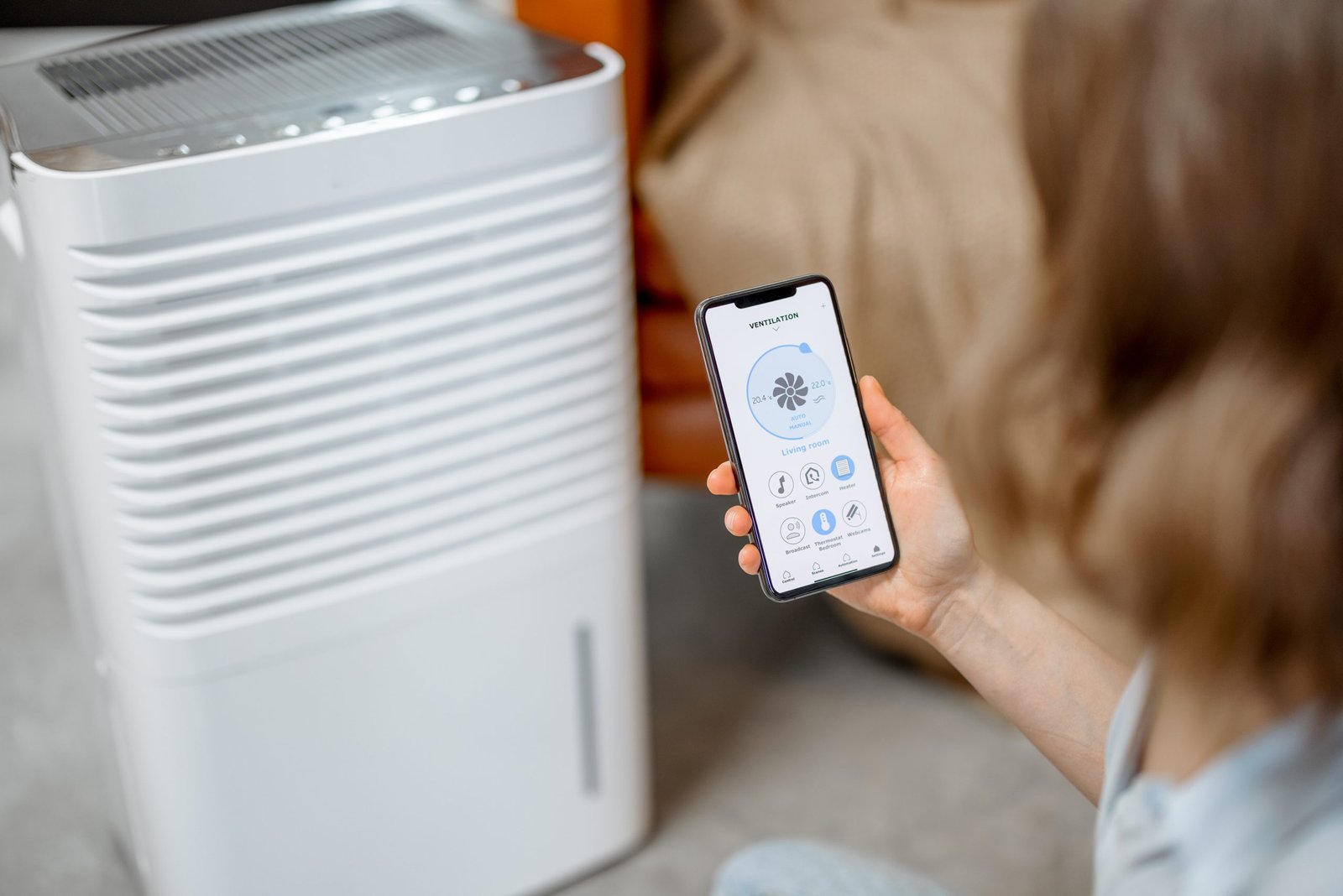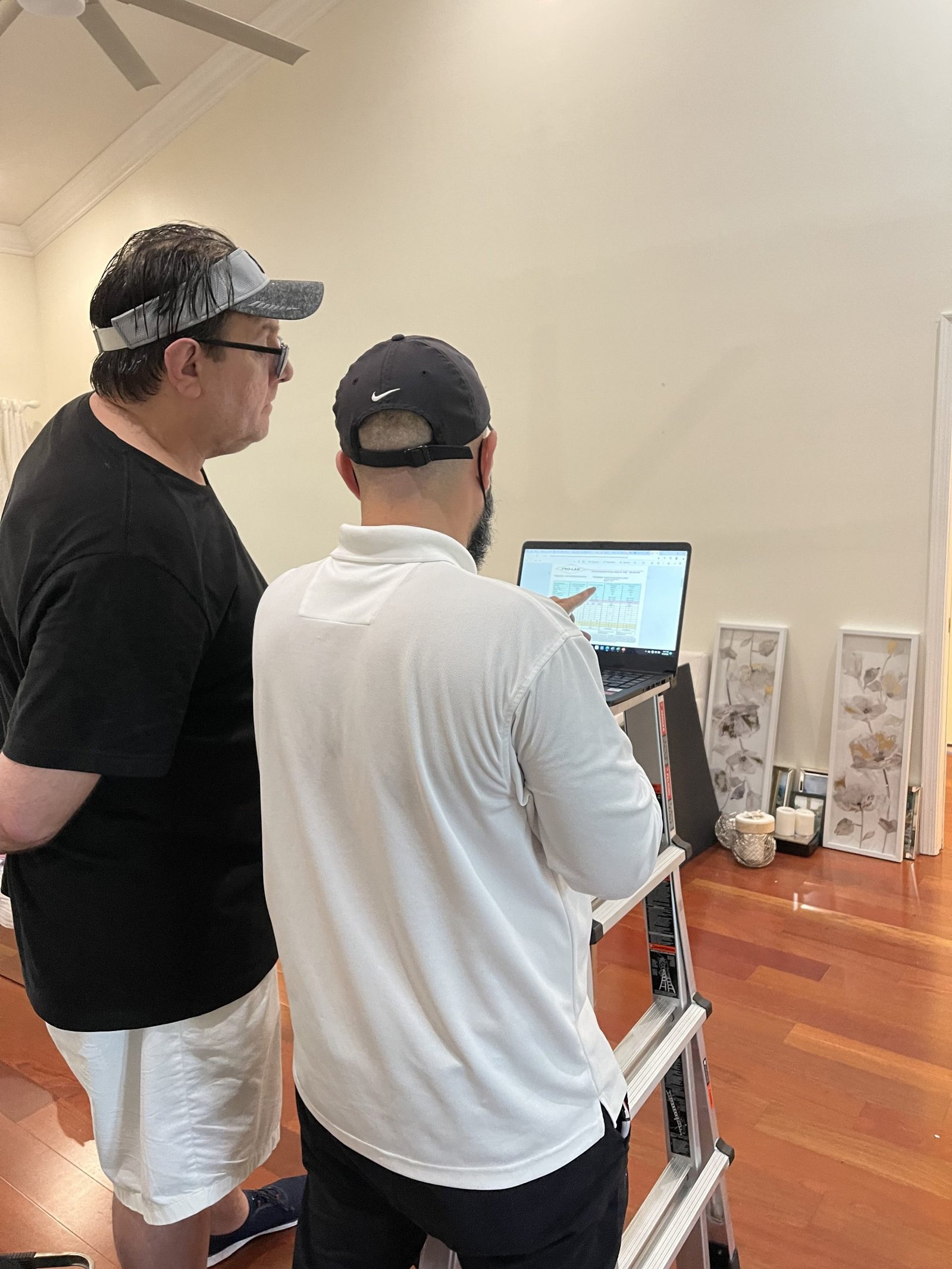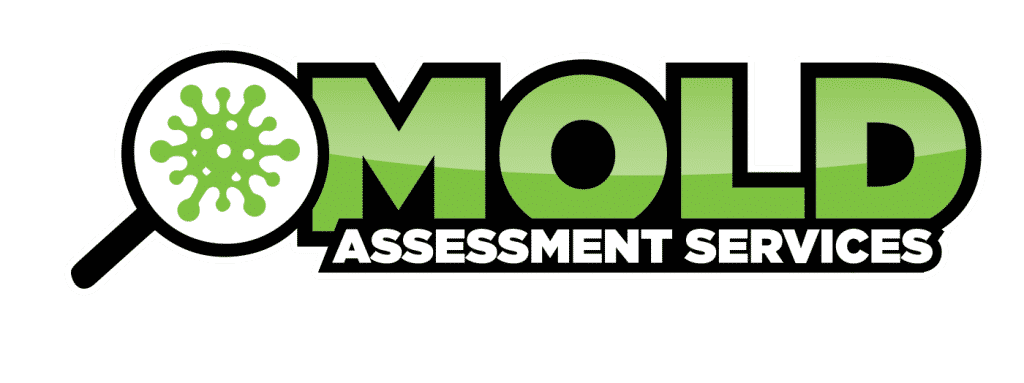Black mold, also called stachybotrys chartarum, is a greenish-black fungus often found in indoor environments, especially damp and warm places. If left unchecked, it can cause structural damage to your home. If you suspect you have black mold in your home or office, here’s what you need to know about how to kill mold and mold remediation. Keep reading to learn what causes black mold and how to clean and prevent mold. Mold Assessment Services is ready to help Florida mold sufferers with a free consultation.
Black mold is not only unsightly, but it can also cause serious health issues for those with asthma or allergies. These tips will help you get on top of the problem, but you may need to contact a professional for more help.
What is Black Mold?
Black mold is a fungus found on soil, plants, and trees, decaying material in houses, and anywhere moisture is present. It may look like the spongy black stuff you find under your bathroom or kitchen sink, but it’s not just dirt! It’s dangerous because it’s toxic to breathe in, so people can get sick if there is a lot of it in a home.
Black mold is common in homes and buildings and is generally easier to see growing in a bathroom or kitchen than in other rooms. It can also grow in spaces with too much moisture or insufficient ventilation — like HVAC vents and attics.

In the battle against black mold, understanding the dynamics of indoor environments is crucial. Fungi thrive in moist conditions, leading to structural damage and posing health risks to occupants, especially those with asthma or allergies. Effective mold inspection and humidity monitoring are essential to identify hidden mold and assess environmental risks. While DIY methods like natural cleaning solutions can mitigate small mold infestations, professional remediation services offer expertise in thorough mold spore removal and environmental assessment, ensuring a safe and healthy indoor environment for all.
Black Mold is a Health Hazard
Black mold can be dangerous if you or a family member become exposed to it. Exposure can be through breathing in the toxic spores or skin contact. Black mold can cause irritation and caustic burns when it touches human skin, coughing, and eye irritation over an extended period.
Narrowing the Black Mold Source
Determining the origin of mold is essential to its control. If you see mold in your home, the first thing to do is evaluate your situation. Mold can enter in many ways, such as roof leaks, windows or doors, missing caulking in toilets and sinks, and condensation due to improper ventilation. If you see mold around the house but don’t see any of the symptoms listed above, a water leak or flooding problem might be causing it. It’s essential to fix any potential sources of water damage as soon as possible because continued moisture can lead to more severe issues.
Cleaning Small Affected Areas
When killing black mold, many DIY products come with their cautions. In most cases, it’s best to opt for natural solutions to clean up the mold. Here are some standard mold removal methods used by professional remediation companies and recommended for DIY homeowners.
Ammonia
Ammonia is a common ingredient in household cleaners and is often used to clean toilets, kitchens, and bathrooms. Ammonia is also a natural disinfectant and deodorizer, which makes it an excellent choice for cleaning mold on hard non-porous surfaces such as countertops, glass, or tiles.
However, ammonia will not kill mold on porous surfaces such as wood or drywall because it cannot penetrate through the surface of the absorbent material to reach the mold growing inside. Additionally, ammonia is a harsh chemical that can cause skin irritation and lung damage if you aren’t careful.
Ammonia will kill surface mold but not dead mold or spores, so it’s vital to ensure you remove them.
Baking soda
Baking soda is a mild, harmless household cleaner that can kill mold. It’s also safe for your family and pets and can be used to remove stains from carpets, clothing, and upholstery.
Baking soda and vinegar are sometimes combined when dealing with a mold problem since they kill different species of mold.
Baking soda is an excellent deodorizer to freshen up your refrigerator or freezer.
The best way to use baking soda is by sprinkling it on the affected area and letting it sit overnight before wiping away any residue in the morning.
Bleach
Bleach is one of the most effective ways to kill mold in your home, but it can be dangerous.
Bleach kills virtually every indoor mold it comes into contact with, including mold spores, which leave a sanitized surface and make it resistant to future mold growth. However, bleach is only effective if the mold grows on non-porous materials such as tiles, bathtubs, glass, and countertops.
Bleach cannot penetrate porous materials such as wood and drywall, so it cannot get rid of mold growing beneath the surface of these materials. Using bleach to kill mold on these surfaces will only kill the mold above the surface. It will not reach the mold within the material and will soon return.
Bleach is a harsh, corrosive chemical that can damage the materials used. It also produces harsh fumes and toxic gases when mixed with ammonia (which many household cleaners contain). There are safer alternatives, such as borax or vinegar.
Borax
Borax is a natural cleaning product used to remove mold. It does not emit dangerous fumes or chemicals like other mold killers, and it is safe to use around children and pets.
To use borax to remove mold from your home, combine one borax with three parts water in a spray bottle. Spray the mixture onto the moldy area, let it sit for a few minutes, then scrub with a brush or cloth.
Borax is also a natural mold inhibitor, which can help prevent future mold outbreaks in your home by creating an inhospitable environment for fungi.
Detergent
Mold can be a nuisance, but it’s possible to remove it. If you’re dealing with surface mold on non-porous surfaces like tiles, plastic, or glass, you can use a mixture of detergent and warm water to scrub the mold.
This method works because detergent helps loosen up the mold’s attachment to the surface, while warm water helps loosen up the mold. It means wiping away the mold and its attachment using a rag or scrub brush will be easier.
If your situation is more complex than this—if you have a large amount of mold growth or your home has porous surfaces like wood or carpeting—then we recommend calling in an expert specializing in mold remediation.
Grapefruit seed extract
Grapefruit seed extract naturally kills mold and is used around your home to keep your family safe. The citric acid from the grapefruit attacks the mold, which helps to destroy it. It also disinfects the area and deodorizes it after cleaning up, so you don’t have to worry about lingering smells.
The best way to use the extract is to mix it with water in a spray bottle and then apply it to your moldy areas. You can also mix it with vinegar in a spray bottle to create a natural cleaning solution that will kill molds and mildews while leaving behind a clean scent.
The main ingredient of grapefruit seed extract is citric acid, produced by squeezing grapefruits or lemons into the water. This acid kills molds by dissolving their cell walls, which causes them to die off naturally within 24 hours of application.
Hydrogen peroxide
Hydrogen peroxide has many uses in the home, and it’s easy to find at drug stores or hardware stores. It comes in liquid form and powder form. The liquid can be diluted with water before use and then poured into a spray bottle. You can also buy hydrogen peroxide pre-mixed with detergent, so you don’t have to dilute it yourself before using it on clothing or other fabrics damaged by being washed with pure hydrogen peroxide alone.
Another benefit of using hydrogen peroxide to kill mold is that it doesn’t leave behind a toxic residue like bleach when used in high concentrations for cleaning purposes, such as removing stains from carpeting or cleaning upholstery fabric surfaces.
Tea tree oil
Tea tree oil is the most effective natural solution to killing mold. It is an antifungal that is capable of destroying all types of mold. While it is a more expensive option, a small amount of tea tree oil goes a long way in removing mold. Make sure the tea tree oil you purchase is from the Melaleuca Alternifolia.
Tea tree oil can be diluted with water and used as a spray or wipe on surfaces where mold has grown. Alternatively, it can be added to a cleaning solution and used as a daily cleaner for areas prone to getting moldy such as bathrooms, kitchens, and basements.
When using tea tree oil to kill mold, please read the instructions before applying it directly onto drywall or wood surfaces. It may cause damage if left on too long before being cleaned off again afterward!
Vinegar
Vinegar is your best bet if you’re looking for a safe and natural way to kill mold and prevent mold growth on surfaces. It is a safe, natural acid that can kill mold and keep it from growing back. It doesn’t have dangerous fumes like bleach and is a disinfectant, so there are no harmful side effects.
If you want to use vinegar to prevent mold growth on surfaces, spray vinegar on the surface and leave it. Repeat every few days to keep the surface mold-free.
If you’re dealing with mold in your home, there are many things you can do to get rid of it yourself. However, there are also times when hiring professional mold remediators is the best choice to eliminate that pesky fungus and ensure it never returns.
Black Mold Clean Up Process
Once you’ve killed the mold, you’ll need to clean up the moldy mess. Use soap and a sponge to remove visible mold. Wear a respirator or a facemask rated for black mold spore protection, and cover arms, legs, and hands to avoid contact with mold spores.

Black mold, scientifically known as stachybotrys chartarum, poses a significant threat to indoor environments, particularly in damp and warm areas. Exposure to this greenish-black fungus can lead to severe health hazards, especially for individuals with asthma or allergies. To combat this menace, it’s crucial to understand the causes of black mold and implement effective prevention and cleaning strategies.
Prevent Future Growth of Black Mold
When trying to prevent the future growth of black mold in your home, you first need to ensure that the humidity in your home is below 50%. If you need to learn how to measure the moisture in your home, several tools available on the market can help. You can also check with your local hardware store or online retailers to see if they sell these tools.
Once the humidity is acceptable, it’s essential to keep it there by using fans and dehumidifiers whenever possible. These devices will help keep air circulating throughout your home so that moisture does not build up anywhere.
Be sure that any vents or air ducts get cleaned regularly so no dust or debris gets trapped inside them, which could cause mold growth later on down the line.
When Should You Call a Mold Remediation Company?
If you are trying to remove mold on your own but are having difficulty finding where it is growing or how to get rid of it, then hiring a professional is probably the best choice for you. Professional mold remediation companies can find all the mold in your home, even hidden behind walls or hard-to-reach places. They will also have the proper equipment to remove the spores left behind by mold infestation.
Hiring professionals may also be necessary if you have large areas affected by mold growth or multiple levels in your home where contamination has occurred. You don’t need to waste time dealing with such a significant problem when professionals can quickly and efficiently get everything taken care of at once!

Mold Assessment Services offers high-quality mold remediation services, specializing in identifying hidden mold and providing thorough mold spore removal. Our experts utilize safe and effective cleaning techniques, including natural solutions and professional-grade equipment, to ensure the complete eradication of mold. Don’t let black mold compromise your health and home’s integrity. Contact Mold Assessment Services today for a free consultation and take the first step towards a mold-free environment!
Got Black Mold? Get a Free Consultation from Mold Assessment Services
Mold Assessment Services can help you get information about mold in your home or work environment. If you notice mold in your home or work environment, it’s essential to get it checked out by an expert.
If you’re worried about the health risks of mold exposure and want to find out what high-quality mold inspection services can do for you, contact us today at 305-244-7379 or fill out the form to contact us.
